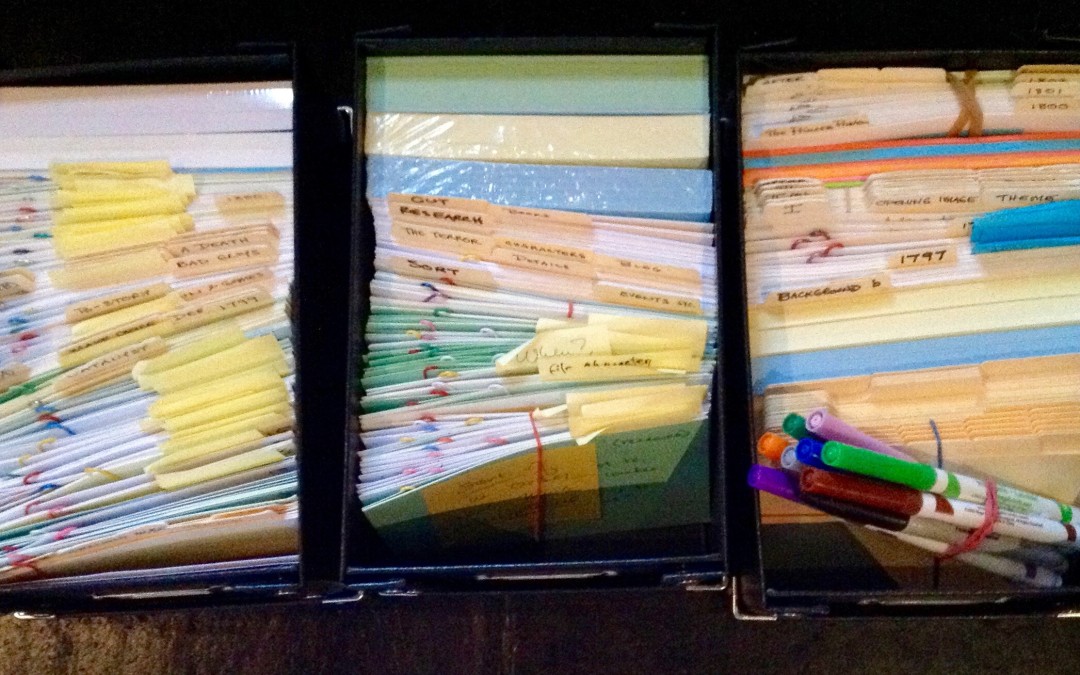
by Sandra Gulland | Jan 4, 2016 | Adventures of a Writing Life, On Plot, The Game of Hope, The Writing Process |
I’ve been flailing, I confess: in Excel plot worksheets, in piles of plot index cards, in Word files summarizing my plot (or trying to), in books on plot, in on-line courses and YouTube videos on plot!

I saw all this as a sign of a project in trouble. I simply couldn’t figure it out! It occurred to me that I was “finished” — but not in a good way.

So last night I was reassured reading A Technique for Producing Ideas by James Webb Young. It turns out that my piles—and piles—of index cards are not a mistake.
I turns out that my Lost-in-the-Very-Deep-Dark-Woods state of mind is simply Stage Two of the Creative Process.
A Technique for Producing Ideas is a slender little book, a classic for marketers … but the wisdom in it applies to any creative endeavour.
For example:
The first [step in producing ideas] is … to gather raw material.
So: all my frenetic searching was not a waste of time? So: my impulse to know everything possible about my subject is not procrastination?
… it you have any sizable job of specific material gathering to do it is useful to learn the card-index method of doing it.
Ah ha!
You take one fact [on an index card], turn it this way and that, look at it in different lights, and feel for the meaning of it. … You bring two facts together and see how they fit … like a jig-saw puzzle.
I especially his description of the “searching” stage of the creative process:
… it is almost like listening for the meaning instead of looking for it.
And, he adds:
When creative people are in this stage of the process they get their reputation for absentmindedness.
So very true.
First, little tentative or partial ideas will come to you. Put these down on paper. Never mind how crazy or incomplete they seem: get them down. These are foreshadowings of the real idea that is to come, and expressing these in words forwards the process. Here again the little 3 × 5 cards are useful.
The second thing that will happen is that, by and by, you will get very tired of trying to fit your puzzle together.
Tell me about it!
Let me beg of you not to get tired too soon. The mind, too, has a second wind. … Keep trying to get one or more partial thoughts onto your little cards.
after a while you will reach the hopeless stage.
Can he read my mind?
Everything is a jumble in your mind, with no clear insight anywhere.
He can!
When you reach this point, … then the second stage … is completed, and you are ready for the third one.
So: Stage One is information gathering (check), and Stage Two is hopelessness (check). What could possibly be next?
In this third stage … you drop the whole subject and put the problem out of your mind as completely as you can. … Listen to music, go to the theater or movies, read poetry or a detective story.
Binge watch Making a Murderer? Going to the beach? All this is not procrastination, avoidance? So all this is Stage Three?
Indeed it is. So what’s Stage Four?
In the first stage you have gathered your food. In the second you have masticated it well. Now the digestive process is on. Let it alone. … if you have really done your part in these three stages of the process you will almost surely experience the fourth.
Which will be?
Out of nowhere the Idea will appear.
Perhaps not surprisingly, reading this slender little tomb, I began to get a rush of ideas … which I quickly scribbled onto index cards.
This is the way ideas come: after you have stopped straining for them and have passed through a period of rest and relaxation from the search.
There is, of course, a final step—Stage Five—and that’s taking “your little newborn idea out into the world of reality.” (I.e.: trying to work it into the complex fabric of the manuscript.)
Do not make the mistake of holding your idea close to your chest at this stage. Submit it to the criticism of the judicious. When you do, a surprising thing will happen. You will find that a good idea has, as it were, self-expanding qualities. … Thus possibilities in it which you have overlooked will come to light.
And so, feeling inspired, ideas popping, I look forward to our two weeks at the beach as Stage Four.
Happy New Year!
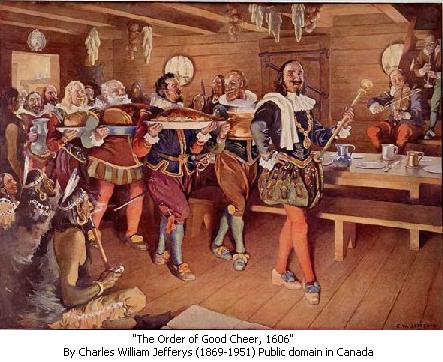
by Sandra Gulland | Oct 10, 2015 | Adventures of a Writing Life, On Plot, Resources for Book Clubs, Resources for Readers, Resources for Writers |
Sorry, Peeps, I’ve apparently disappeared on you! I was doing my best to post at least once a week, and — voilá — now two weeks have passed.
An update:
The plot does indeed thicken: with index cards, the old standard. My extensively detailed Excel plot sheet bombed on me. Excel is complex, and once it stops working, it’s challenging to fix—at least for me. (If I do need a spreadsheet at some point, I think I will use Numbers.)
But for now, returning to index cards is refreshing.
What’s nice about index cards is that you can move them around and clump them up. You can throw them out and add more. You can lay them out, squint at them, and rearrange them. The other thing you can do is stick post-it notes to them. I had piles around: Random Thought Capture I think of them. Sticking them on index cards and putting them in a semblance of order is calming.
What’s eating up my time:
- Pondering plot (puzzling);
- Research (fascinating);
- Taxes (aggravating!);
- Health: getting shots, check-ups, consultations, plus learning how to sleep using a CPAP machine (challenging);
- Fixing things (sigh);
- Finding things (double sigh);
- Gardening (oh, my back!);
- Reading: catching up on many issues of The New Yorker, Renaissance, and The New York Review of Books before we head south (yikes!);
- Preparing for Canadian Thanksgiving (yay!), always a big, boisterous celebration at our house;
- Preparing for a trip west to give a talk at StarFest. (:-) See below!
- Getting ready to fly south for the winter. (What? Already?)
An event coming up …
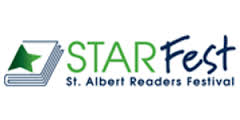
I’m going to be flying to Edmonton next week to give a talk (with prizes!) at StarFest, the St. Albert Readers Festival in Saint Albert, Alberta, October 16, Friday night at 7:00.
I’ve heard that this is a great festival; I’m very much looking forward to it. Do come!
Sundry Sundae delectable links:
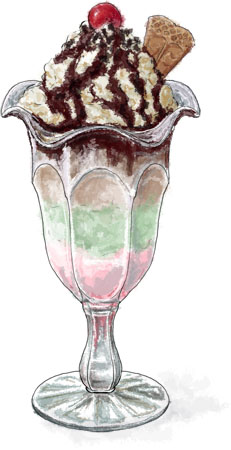
Links for writers …
• À propos to the above: 7 ways to write a plot outline; The Infographic.
• What agents think. :-(
Links for creatives (i.e. everyone) …
• I read—and loved—Big Magic by Elizabeth Gilbert. She is so gently hectoring in an altogether inspiring way. Elizabeth Gilbert on the perils of ignoring your creative self. Right on, sister!
Links for Napoleonistas …
• I adore Canadian cartoonist and history-loving nerd Kate Beaton: Napoleon wasn’t so short after all: a cartoonist’s take on history.
Links for historians …
• Opium Eating: The Lincolnshire Fens in the early nineteenth-century.
Links for just about anyone …
• Who isn’t overwhelmed? I find Stephanie Bennett Vogt’s books on clearing clutter — both mental and physical — inspiring. I’m looking forward to her newest book A Year to Clear and enjoyed watching her three videos on clearing: Reducing Overwhelm, Releasing Stuck Energy, and Getting Spacious.
Happy Thanksgiving Canadians!
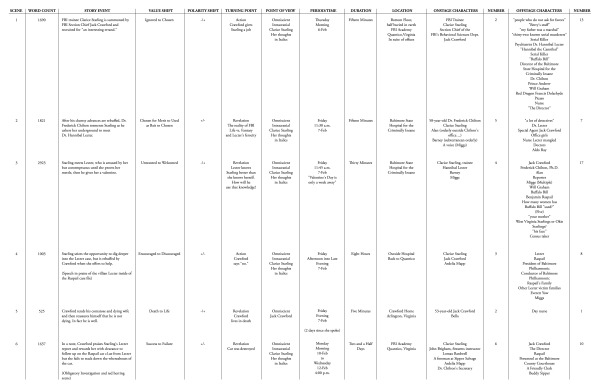
by Sandra Gulland | Apr 20, 2015 | Adventures of a Writing Life, Resources, Resources for Writers, The Writing Process |
My story is missing something, but what? A novel is a complex creature. At some point in the writing process, I find I must closely re-examine the plot in order determine what the story needs.
Editor Shawn Coyne’s The Story Grid method offers excellent tools. (I first wrote about this series here: “The tough nut of revision: on re-examining plot.”)
Seeing your novel on one page will help make story needs clear.
Another basic tool Shawn Coyne offers is the one-page story summary form.
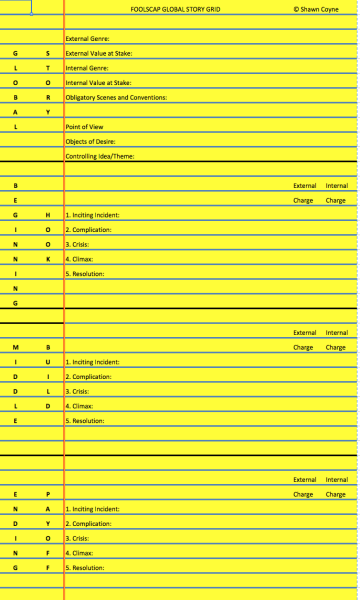
It’s well worthwhile to read his blog series from beginning to end. I’ve highlighted quite a bit. For example:
The crisis is the time when your protagonist must make a decision. And the choice that he makes will determine whether or not he’ll get closer to or further away from his object of desires (both external and internal). Often a particular choice will move a character closer to one object of desire while moving him further away from the other… [
Link]
A detailed scene-by-scene spreadsheet helps reveal what’s needed.
A third visual on the Shawn Coyne’s resource page is an example of a more detailed breakdown of story, using Excel.

I’ve evolved the Excel worksheet concept for my own purposes: I’ve cut columns and added others — what a scene reveals, for example, and another for unanswered questions.
I’ve listed scenes down the left, and themes/sub-plots/plots across the top. This makes it easy for me to see if a thread has been dropped and what needs to be picked up.
I haven’t filled out the worksheet for the entire novel — at least not yet — but it has helped me identify the story needs in the opening scenes, which concerns me the most right now. This process has made me a convert to using Excel for working out a plot.

by Sandra Gulland | Apr 8, 2015 | Adventures of a Writing Life, Resources, Resources for Writers, The Writing Process |
I begin a novel by writing a plot. This doesn’t mean listing actions, but tracing the characters emotional arcs as well. The two are intertwined.
I don’t go into detail: I simply describe a scene in a sentence or two. Even so, it comes to 40 pages, and I take it through several drafts.
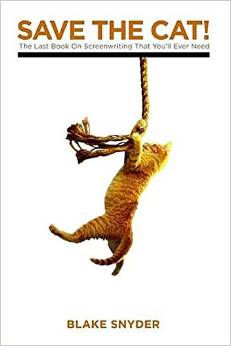
Save the Cat: a great book on plot
I basically use the guidelines Blake Snyder sets out in Save the Cat: they are simple and straightforward.
I’ve condensed them into a “Beat Sheet Guide” for my own use (click to download), but I highly recommend reading the book. Snyder is funny and to-the-point.
I write the first draft quickly, more or less following the scene-by-scene outline I’ve laid out according to these “beats.”
However, somewhere between the first draft and the last (ninth? tenth?), I find I need to regroup. That is: I need to have another look at the structure of the novel—the bones of it.
The (dreaded) middle of the writing process
This is where I am now, struggling to find firm ground in the “swamp” of the fifth draft of my current WIP, The Game of Hope, working title of the first of my Young Adult novels about Hortense.
Many things change in the process of writing. Themes emerge, characters step into the foreground and other characters prove to be ineffectual and need to be cut. New scenes are required, entire chapters.
It’s a confusing stage of the writing process: taking a novel apart and trying to put it back together again. It’s easy to get lost. For me, this is when I begin to lose faith—in myself as a writer, and in the novel. This is when I lose heart.
This is also when I become a magnet for solution.
A few weeks back I happened upon Shawn Coyne’s blog series: The Story Grid. (Soon to come to a bookstore near you.) I’ve been gobbling up the blog posts and making notes. Here are some “plot” visuals from the Resources page of this website.
This first visual is on genre: what genre is your story? (The visual is a bit hard to understand unless you’ve read what he’s had to say.)
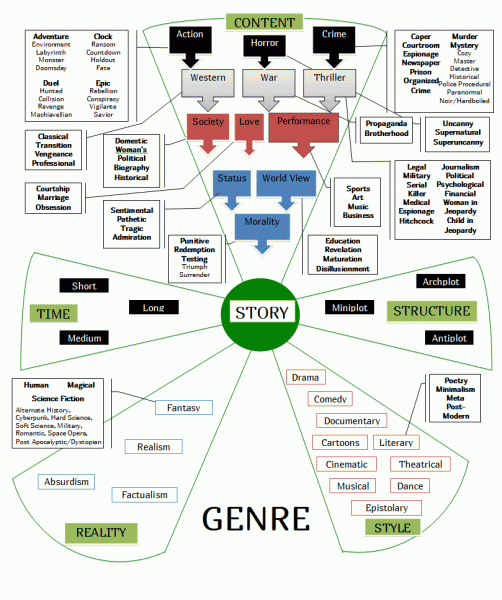
One of the most interesting aspect of Coyne’s analysis, for me, is breaking story structure down into three types: archplot (the standard), miniplot (mostly literary), and antiplot (experimental).
Having been a fan of Joseph Campbell’s Hero with a Thousand Faces since I was 16 — a very long time ago — , I assumed that archplot was really the only structure. But try to analyze an Alice Monroe story in this way! It simply doesn’t work. Her stories follow Coyne’s miniplot model. This makes sense.
Too, I’ve sometimes wondered if the archplot “quest” story model wasn’t basically male, wondered if there was a female alternative. (A thought to tuck away for future pondering.)
I’ve an important thing to decide about the novel I’m writing: What genre is it? It’s a coming-0f-age novel, true, but it’s also a romance. As such, it’s missing some key scenes — which helps explain what my editors have been saying.
I’ll be writing more on The Story Grid in follow-up posts, but for now, it’s time to crawl back into that swamp (the WIP).













